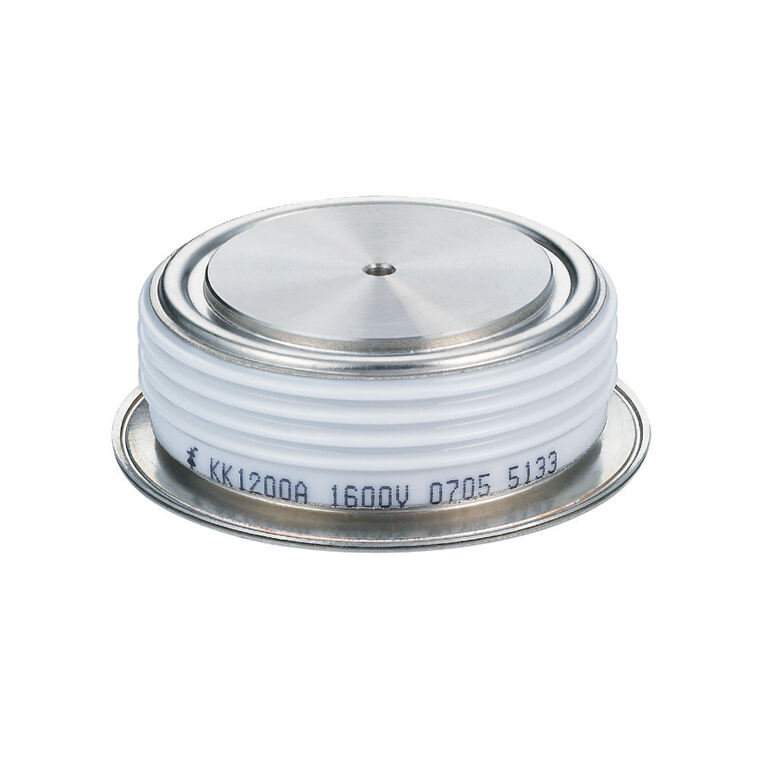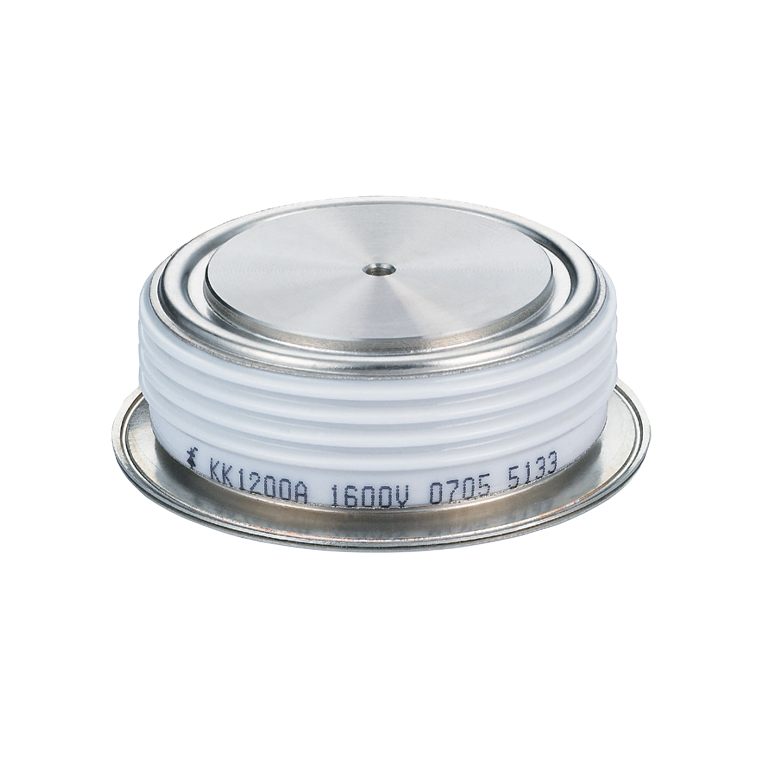ac and dc servo motor
AC and DC servo motors are sophisticated electromechanical devices that provide precise control over position, velocity, and acceleration in automated systems. These motors operate on different power sources: AC servo motors use alternating current, while DC servo motors utilize direct current. Both types incorporate advanced feedback mechanisms, typically encoders or resolvers, that continuously monitor the motor's position and speed. The key distinction lies in their power supply and control characteristics. AC servo motors excel in high-speed applications and offer superior performance in continuous operation scenarios, while DC servo motors provide excellent low-speed torque control and simpler control circuits. The motor system comprises several essential components: the motor itself, a drive or amplifier, a controller, and feedback devices. These components work together to create a closed-loop system that ensures accurate positioning and movement control. Modern servo motors often include advanced features such as digital communication interfaces, thermal protection, and regenerative braking capabilities. They find extensive applications in robotics, CNC machinery, packaging equipment, and precision manufacturing processes where exact positioning and repeatable motion are critical requirements.


